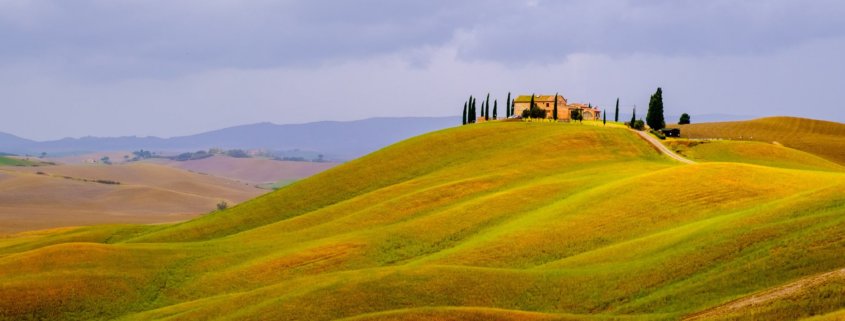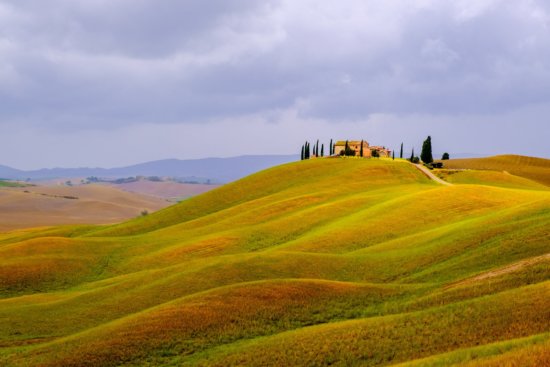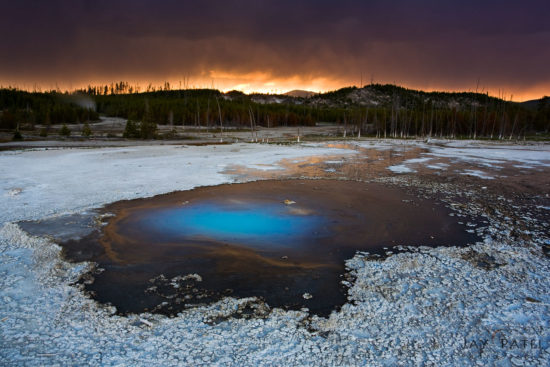Why Nature Photographers should go for Quantity over Quality
Sometimes as nature photographers we tend to think that everything we create should be perfect or at least the best thing we can create in that specific moment. I think this is a serious mistake.
To illustrate this, I am going to quote a parable told in the book Art and Fear, by David Boyles:
“The ceramics teacher announced on opening day that he was dividing the class into two groups. All those on the left side of the studio, he said, would be graded solely on the quantity of work they produced, all those on the right solely on its quality.
His procedure was simple: on the final day of class he would bring in his bathroom scales and weigh the work of the ‘quantity’ group: fifty pounds of pots rated an ‘A’, forty pounds a ‘B’, and so on. Those being graded on ‘quality’, however, needed to produce only one pot – albeit a perfect one – to get an ‘A’.
Well, came grading time and a curious fact emerged: the works of highest quality were all produced by the group being graded for quantity. It seems that while the ‘quantity’ group was busily churning out piles of work – and learning from their mistakes – the ‘quality’ group had sat theorizing about perfection, and in the end had little more to show for their efforts than grandiose theories and a pile of dead clay.”
The best way to get great photos is to take a lot of photos. This doesn’t mean you should “spray and pray”, of course. That would give you no benefit, especially because taking a random photo involves the minimal and possibly mindless effort of pushing a button, unlike making a pot of clay. You should exert effort to improve your performance. You should strive to make each batch of photos better than the previous one.
Don’t aim for perfection at the start. Aim for good enough. Compare. Improve. Repeat. Quantity leads to quality. If you’re not taking a lot of bad photos, you’re not trying hard enough.
Listen to David duChemin:
“Sketch images are the photographs I make to see what it looks like. I try different angles, make the photograph and see what it feels like. I change the angles until I get it feeling the way I want it to. Along the way, I might change a lens because it wasn’t my perspective at all, but the lens that wasn’t really working the way I had hoped. And I wait for moments, sometimes realizing my subject is better expressed with a slower shutter speed, so I try that, and I evaluate the results. I do it quickly, but I let those images give me feedback. And slowly, bit by bit, I get closer to the magic. Bad images slowly get stronger and lead to good images. […] I don’t worry you’re making too many images; I worry you aren’t making enough images. I worry you’re stopping at a couple frames, shrugging and putting your camera down because “it’s just not working.” I worry you think it’s a lack of talent or you just don’t have “the eye” that others do. Nonsense. You’re just not working the process. You’re giving up too soon.”
For this reason, it is important to always carry your camera with you, wherever you go. If your camera is too big for this, use the camera you always have in your pocket, your smartphone. Here are some popular photos on Visual Wilderness that were created during some unexpected moments.
David Ulrich, in his book Zen Camera, recommends taking at least 100 to 200 images every week, to create what he calls the Daily Record:
“In your Daily Record, do not worry about making good photographs. Just see what you see. Let nothing escape your camera. Take photographs of everything that strikes your fancy. Make images that play upon your full range of responses to the world: mild interest, curiosity, liking something, disliking something, disgust, outrage, beauty, love, and hate. […] Organize your photos and view them daily. […] You want to look for recurring themes and core forms and shapes that appear and reappear.”
Start doing this and come back here in a week or two. Let us know in the comments how it went.










Ugo, this post really speaks to me!! I used to think that great photographers walked up to a scene, took 1 or 2 shots, nailed it and moved on, with a treasure in their camera. But now I realize that isn’t the case at all! Instead of being upset that I couldn’t get “the one” in the first few moments, I now allow myself to just be, to work up to the winning shot with lots of “hmmm, what about this” type shots. It helps me warm up, helps me figure out what I really want to say with the shot and then, when the light is perfect, I’m ready to press the shutter! Thanks for reminding me that it’s ok to make a lot of pots!!!
You got it exactly right, Jane!